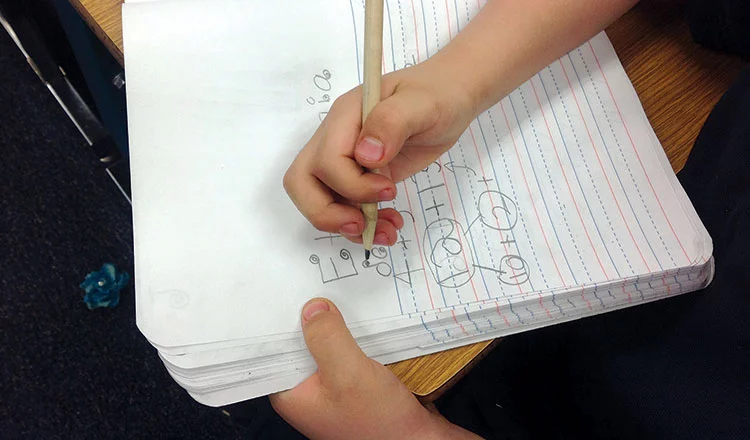If you sat down to write the Great Canadian Novel, would it come out in a gush of first draft? Or are you one of the large number of “re-writers” who find the real story only comes to life after the editing process?
“Whether writing or rewriting, at some point the word will be subjected to rigorous editing,” says Patricia Robertson, who facilitated this discussion at the workshop “Guerrilla Editing” last fall.
“Either way, let drafts chill,” she says.
“Upon completing a story you might find the thing that drove you to write, the seed, becomes less important to you than it was at the beginning of the story.”
And, as local writer Leoni Lemphers has found, “a writer might not even see the threads of the story if they have that ‘first draft’ version in their mind.”
In the first draft the writer unfolds the story, discovering where it leads.
“The author is concentrating on how the manuscript, whether fiction or non-fiction, develops. This is where a writer might find mentorship helpful,” Robertson says.
But mentors don’t edit, she adds.
Editing may be either copy editing or substantive, and when it comes time to contract the services of an editor, Robertson has a warning.
“You need to be clear about what you’re looking for.”
Copy editing, which Robertson refers to as mechanical, focuses on grammar, spelling, consistency and syntax. She stresses syntax is more than mere word choice.
“It’s how words convey meaning by their connection and relation to each other.”
In contrast, substantive editing deals with content and structure.
“This is where the author realizes they started their story at the wrong place and need to re-order the book. Or, that the structure is fine, but there are leaps of logic that need to be addressed to fill in the blanks.”
Because of that, Robertson suggests that writers avoid the temptation to polish the first three chapters too soon.
“It becomes very difficult to vary the story later on as you become reluctant to stray from those ‘perfect’ pages,” she says.
Instead, Robertson suggests that writers use the time between finishing the first draft and editing to write a synopsis of the story.
“At this point you’ll know where the story is going and can ensure every scene develops plot and character.”
She puts emphasis on “every” scene, and adds it’s imperative at this stage to know who the reading audience is.
Robertson supports this with craft advice from noted writer Walter Mosley. The American author of plays and essays also created the Easy Rawlins detective series.
“Mosley writes the first draft, then sits down and writes notes to himself to eliminate duplicate characters now that he knows what’s going on.”
In the end, Robertson says, “The reader has to feel that even though the ending is inevitable, it’s still a surprise as they read.”




